Customers’ requirements are dynamic and must be satisfied by employing various chatbot types in the right way to remain competitive. This guide provides an overview of the different types of chatbots and their capabilities. It also evaluates all the possibilities each type offers and which kind of application is appropriate for its implementation in the business.
This article provides information to help you optimize your chatbot capabilities, from simple code-based bots to advanced AI-driven chat agents. As a business leader, you should know the potential of chatbots. However, fully understanding chatbot types can provide you with great value in optimizing customer interactions.
What is a Chatbot?
At their core, chatbots are computers capable of reproducing and executing a conversation; making people communicate with devices using written language or speech as if they were speaking to a real person. Chatbots can be as basic as a service where one can ask simple questions and get answers to it for one line answers or as advanced as an intelligent assistant that keeps on evolving and develops the sentience as it gathers and processes information so as to be able to deliver the next level of customization.
What are the Different Types of Chatbots?
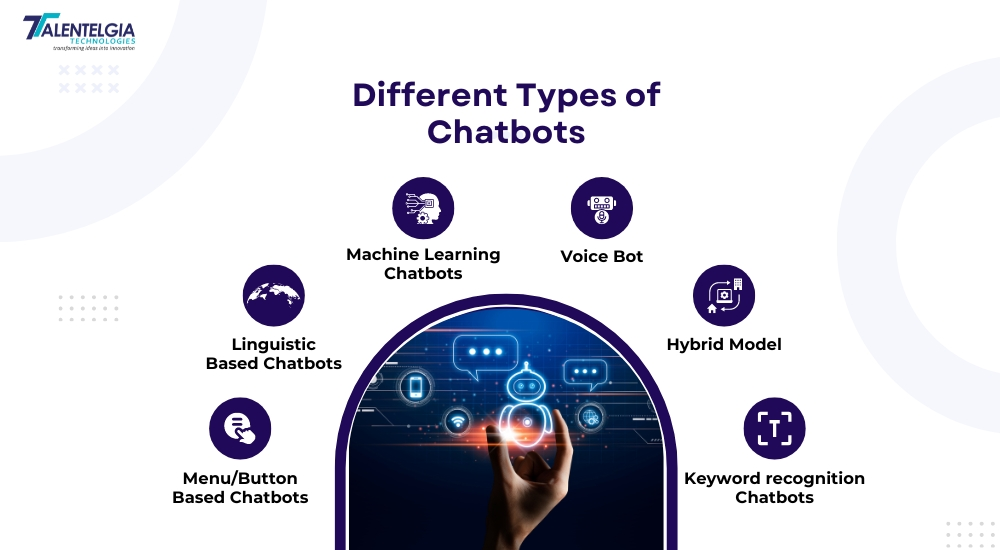
In the big world of marketing technology, chatbots stand out like many other tools, each with its own unique approach.
Linguistic Based (Rule-Based Chatbots)
If you can anticipate the questions your customers might ask, a linguistic-type bot could be an ideal solution. Linguistic or rules-based chatbots automate conversations using if/then logic. You start by defining the language conditions for your chatbot, which can include specific words, word order, synonyms, and more. When an incoming query matches these predefined conditions, the chatbot can quickly provide the appropriate assistance.
However, you must account for all possible variations of each question; otherwise, the chatbot won’t understand your customer’s input. This need for thorough definition makes developing a linguistic model time-consuming. These chatbots require precision and exactness in their setup.
Menu/button-based Chatbots
Menu/button-based chatbots are the simplest type of chatbots available today. Typically, they function like glorified decision trees, presenting users with a series of buttons to navigate through options. This is similar to automated phone menus that we frequently use, where users must make several selections to find the information they need.
These chatbots are effective for handling frequently asked questions, which constitute about 80% of support queries. However, they are inadequate for more complex scenarios with numerous variables or extensive knowledge requirements, making it difficult to guide users confidently to specific answers. Additionally, menu/button-based chatbots are the slowest at helping users reach their desired outcomes.
Keyword Recognition-Based Chatbots
Unlike menu-based chatbots, keyword recognition-based chatbots can understand and respond to what users type. These chatbots use customizable keywords and Natural Language Processing (NLP) to generate appropriate responses.
However, these chatbots can struggle when faced with numerous similar questions. The NLP can become confused by keyword redundancies among related queries.
Many chatbots today are hybrids of keyword recognition-based and menu/button-based systems. These hybrids offer users the option to type their questions directly or navigate through menu buttons if the keyword recognition isn’t working well or if they need guidance to find their answers.
Machine Learning Chatbots
Have you ever wondered what a contextual chatbot is?
These chatbots use machine learning (ML) and natural language processing (NLP) algorithms to improve their ability to understand and respond to human interactions. These are even more complex versions of chatbots also referred to as contextual chatbots. Unlike keyword recognition-based bots, contextual chatbots can self-improve based on user interactions.
For instance, a contextual chatbot for ordering food will store data from each conversation, learning the user’s preferences. Over time, when a user interacts with the chatbot, it will remember their usual order, delivery address, and payment information. The user will only need to confirm with a simple ‘Yes’ to repeat their previous order, significantly simplifying the process.
While this food ordering example is basic, it demonstrates the powerful potential of using conversation context with Machine learning and artificial intelligence (AI). The ultimate goal of any chatbot is to enhance the user experience, and leveraging conversation context is a highly effective way to streamline processes and provide quicker, more personalized service.
Voice bots
Companies are also gradually incorporating voice chatbots or voice bots in conversing to achieve a certain level of interactivity. Siri and Alexa of Apple and Amazon respectively are good examples of virtual assistants that utilize voice robots in the recent past. The reason? They provide unmatched convenience. Speaking is much easier for customers than typing, and voice-activated chatbots directly provide seamless, frictionless experiences to the end user.
The Hybrid Model
Businesses appreciate the sophistication of AI chatbots but often lack the necessary talent or large data sets to fully support them. Because of this reason, so many people opt for the hybrid ones. This approach provides an opportunity to have the benefits of both worlds; the easy-to-implement and program rules-based chatbot alongside the complex AI Bot. This makes the hybrid chatbot model one of the best options available.
So, which type of chatbot is right for you?
When deciding if chatbot software is right for you, consider your users’ perspective and the value they seek. Will conversational context significantly enhance this value? It may not be worth the time and resources to implement right now.
Also, consider your target user base and their UX preferences. Some users might prefer visual menu buttons over an open-ended experience that requires them to type questions. This highlights the importance of having users thoroughly test your chatbot before fully committing and going live.
The best type of chatbot is the one that aligns with the value proposition you aim to deliver. Sometimes this might mean needing advanced AI integration capabilities, while in other cases, simple menu buttons could be the ideal solution.
How to Choose the Best Chatbots for Your Business?
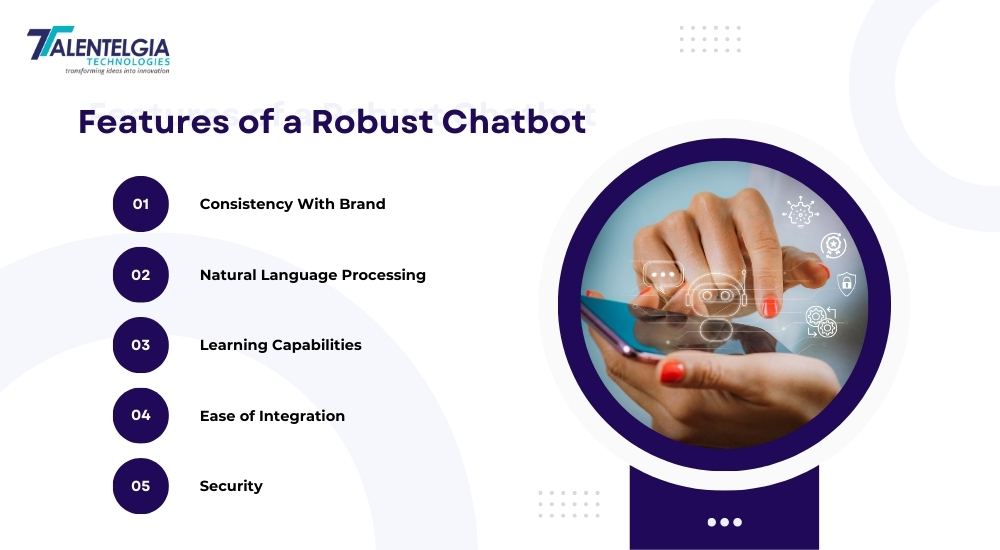
The versatility and capabilities of AI chatbots are just the beginning. The next step is to decide which chatbot is best for your business. Let’s understand the quality analysis process required to select and implement the best chatbot solution for your business.
Here are a few key factors to consider, to ensure that your chatbot aligns with your business goals and enhances your customer engagement strategy:
Ensure Your Chatbot is Consistent With Your Brand
As the main interface for your business, it’s important that your chatbot consistently reflects your brand and resonates with your core customers. Make sure your target audience can recognize the behavior of your chatbot and prefers the option to connect with the particular person.
Natural Language Processing (NLP)
Chatbots are intended for facilitating interaction in daily life, but they can fail in a real conversation.
Natural Language Processing (NLP) is a branch of artificial intelligence that enables computers to understand and use human language.
Chatbots learn from publicly available information. So, if they aren’t set up to use industry-specific sources, they might have more difficulty having successful conversations with your customers.
Learning Capabilities
When creating and programming chatbots, it’s crucial to understand how they learn and operate. Do they follow specific workflows for guiding conversations? What kind of vocabulary does the platform understand? Can it handle the complexities of your business interactions?
Seek out intelligent bots that track and remember user interactions. This enables ongoing machine learning and enhances efficiency over time. Smart bots learn rapidly and can adjust to meet your business requirements effectively.
Ease of Integration
When introducing new technology to your business, it is important to ensure it integrates well with existing systems and works well.
Security
There is considerable worry about emerging technology, and chatbots are susceptible to security risks and challenges. When selecting a third-party bot, it’s crucial to thoroughly investigate and pose pertinent questions to the developer or vendor. Understand their methods and measures for safeguarding your customers’ valuable data and information.
By carefully evaluating these factors, you can confidently choose a chatbot that aligns with and enhances your business operations and customer engagement strategy.
Conclusion
When selecting the right chatbot the key lies in understanding your customers' needs and preferences. For instance, if your audience prefers swift responses and uncomplicated interactions, a menu-driven chatbot could suffice. Conversely, industries requiring in-depth conversations and personalized service might find advanced bots, equipped with machine learning and natural language processing, more beneficial. Moreover, consider aspects like the security and compatibility focus of the AI development company you are working with. Safeguarding customer data and ensuring smooth integration are paramount when adopting new technology. Choose the right chatbot after thoroughly analyzing your business goals, customer needs and specifications. By making informed decisions and using the full potential of chatbot technology, businesses can increase customer satisfaction, increase convenience, and remain competitive in today's market business.


 Healthcare App Development Services
Healthcare App Development Services
 Real Estate Web Development Services
Real Estate Web Development Services
 E-Commerce App Development Services
E-Commerce App Development Services E-Commerce Web Development Services
E-Commerce Web Development Services Blockchain E-commerce Development Company
Blockchain E-commerce Development Company
 Fintech App Development Services
Fintech App Development Services Fintech Web Development
Fintech Web Development Blockchain Fintech Development Company
Blockchain Fintech Development Company
 E-Learning App Development Services
E-Learning App Development Services
 Restaurant App Development Company
Restaurant App Development Company
 Mobile Game Development Company
Mobile Game Development Company
 Travel App Development Company
Travel App Development Company
 Automotive Web Design
Automotive Web Design
 AI Traffic Management System
AI Traffic Management System
 AI Inventory Management Software
AI Inventory Management Software
 AI Software Development
AI Software Development  AI Development Company
AI Development Company  AI App Development Services
AI App Development Services  ChatGPT integration services
ChatGPT integration services  AI Integration Services
AI Integration Services  Generative AI Development Services
Generative AI Development Services  Natural Language Processing Company
Natural Language Processing Company Machine Learning Development
Machine Learning Development  Machine learning consulting services
Machine learning consulting services  Blockchain Development
Blockchain Development  Blockchain Software Development
Blockchain Software Development  Smart Contract Development Company
Smart Contract Development Company  NFT Marketplace Development Services
NFT Marketplace Development Services  Asset Tokenization Company
Asset Tokenization Company DeFi Wallet Development Company
DeFi Wallet Development Company Mobile App Development
Mobile App Development  IOS App Development
IOS App Development  Android App Development
Android App Development  Cross-Platform App Development
Cross-Platform App Development  Augmented Reality (AR) App Development
Augmented Reality (AR) App Development  Virtual Reality (VR) App Development
Virtual Reality (VR) App Development  Web App Development
Web App Development  SaaS App Development
SaaS App Development Flutter
Flutter  React Native
React Native  Swift (IOS)
Swift (IOS)  Kotlin (Android)
Kotlin (Android)  Mean Stack Development
Mean Stack Development  AngularJS Development
AngularJS Development  MongoDB Development
MongoDB Development  Nodejs Development
Nodejs Development  Database Development
Database Development Ruby on Rails Development
Ruby on Rails Development Expressjs Development
Expressjs Development  Full Stack Development
Full Stack Development  Web Development Services
Web Development Services  Laravel Development
Laravel Development  LAMP Development
LAMP Development  Custom PHP Development
Custom PHP Development  .Net Development
.Net Development  User Experience Design Services
User Experience Design Services  User Interface Design Services
User Interface Design Services  Automated Testing
Automated Testing  Manual Testing
Manual Testing  Digital Marketing Services
Digital Marketing Services 
 Ride-Sharing And Taxi Services
Ride-Sharing And Taxi Services Food Delivery Services
Food Delivery Services Grocery Delivery Services
Grocery Delivery Services Transportation And Logistics
Transportation And Logistics Car Wash App
Car Wash App Home Services App
Home Services App ERP Development Services
ERP Development Services CMS Development Services
CMS Development Services LMS Development
LMS Development CRM Development
CRM Development DevOps Development Services
DevOps Development Services AI Business Solutions
AI Business Solutions AI Cloud Solutions
AI Cloud Solutions AI Chatbot Development
AI Chatbot Development API Development
API Development Blockchain Product Development
Blockchain Product Development Cryptocurrency Wallet Development
Cryptocurrency Wallet Development About Talentelgia
About Talentelgia  Our Team
Our Team  Our Culture
Our Culture 
 Healthcare App Development Services
Healthcare App Development Services Real Estate Web Development Services
Real Estate Web Development Services E-Commerce App Development Services
E-Commerce App Development Services E-Commerce Web Development Services
E-Commerce Web Development Services Blockchain E-commerce
Development Company
Blockchain E-commerce
Development Company Fintech App Development Services
Fintech App Development Services Finance Web Development
Finance Web Development Blockchain Fintech
Development Company
Blockchain Fintech
Development Company E-Learning App Development Services
E-Learning App Development Services Restaurant App Development Company
Restaurant App Development Company Mobile Game Development Company
Mobile Game Development Company Travel App Development Company
Travel App Development Company Automotive Web Design
Automotive Web Design AI Traffic Management System
AI Traffic Management System AI Inventory Management Software
AI Inventory Management Software AI Software Development
AI Software Development AI Development Company
AI Development Company ChatGPT integration services
ChatGPT integration services AI Integration Services
AI Integration Services Machine Learning Development
Machine Learning Development Machine learning consulting services
Machine learning consulting services Blockchain Development
Blockchain Development Blockchain Software Development
Blockchain Software Development Smart contract development company
Smart contract development company NFT marketplace development services
NFT marketplace development services IOS App Development
IOS App Development Android App Development
Android App Development Cross-Platform App Development
Cross-Platform App Development Augmented Reality (AR) App
Development
Augmented Reality (AR) App
Development Virtual Reality (VR) App Development
Virtual Reality (VR) App Development Web App Development
Web App Development Flutter
Flutter React
Native
React
Native Swift
(IOS)
Swift
(IOS) Kotlin (Android)
Kotlin (Android) MEAN Stack Development
MEAN Stack Development AngularJS Development
AngularJS Development MongoDB Development
MongoDB Development Nodejs Development
Nodejs Development Database development services
Database development services Ruby on Rails Development services
Ruby on Rails Development services Expressjs Development
Expressjs Development Full Stack Development
Full Stack Development Web Development Services
Web Development Services Laravel Development
Laravel Development LAMP
Development
LAMP
Development Custom PHP Development
Custom PHP Development User Experience Design Services
User Experience Design Services User Interface Design Services
User Interface Design Services Automated Testing
Automated Testing Manual
Testing
Manual
Testing About Talentelgia
About Talentelgia Our Team
Our Team Our Culture
Our Culture
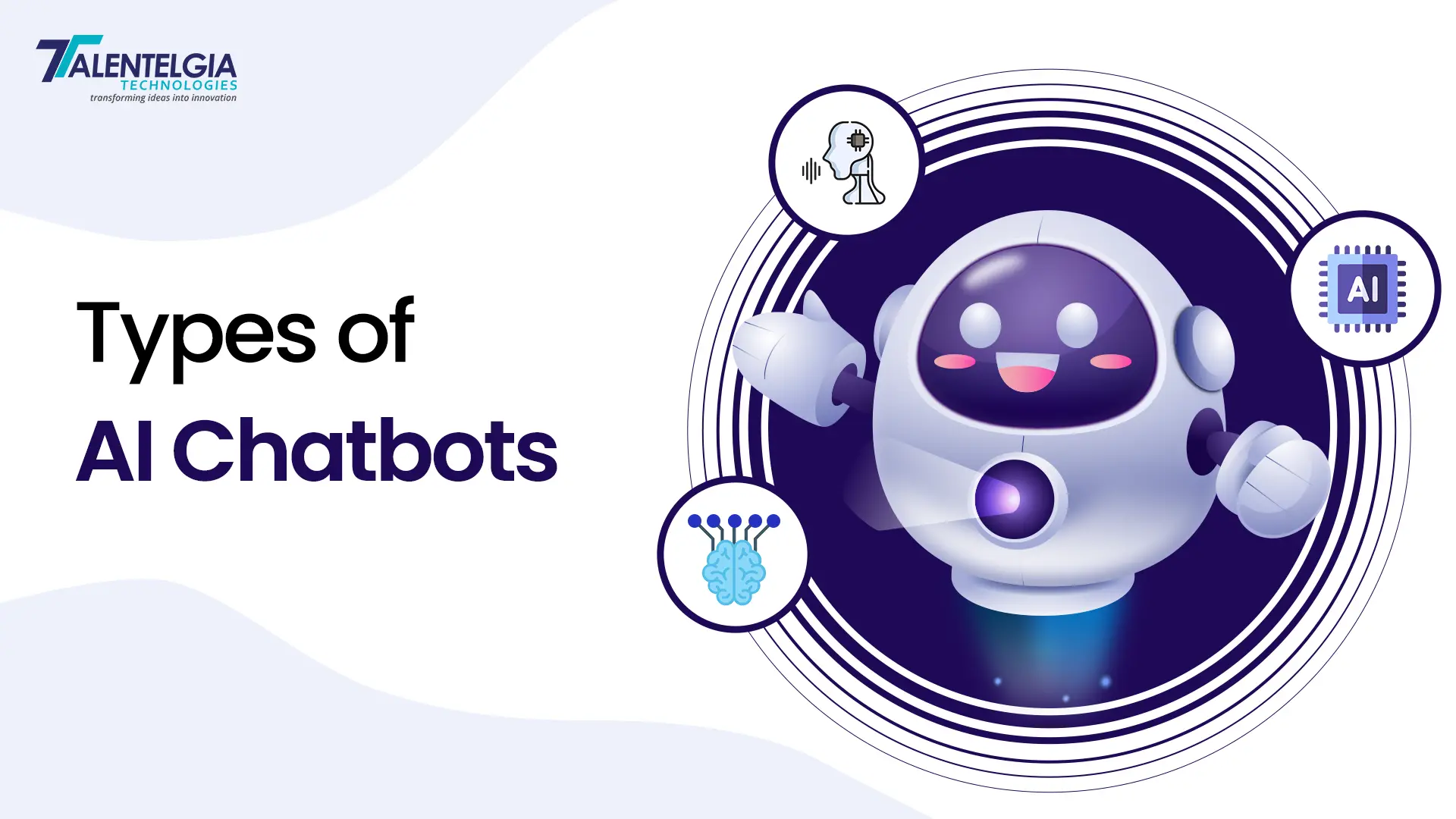

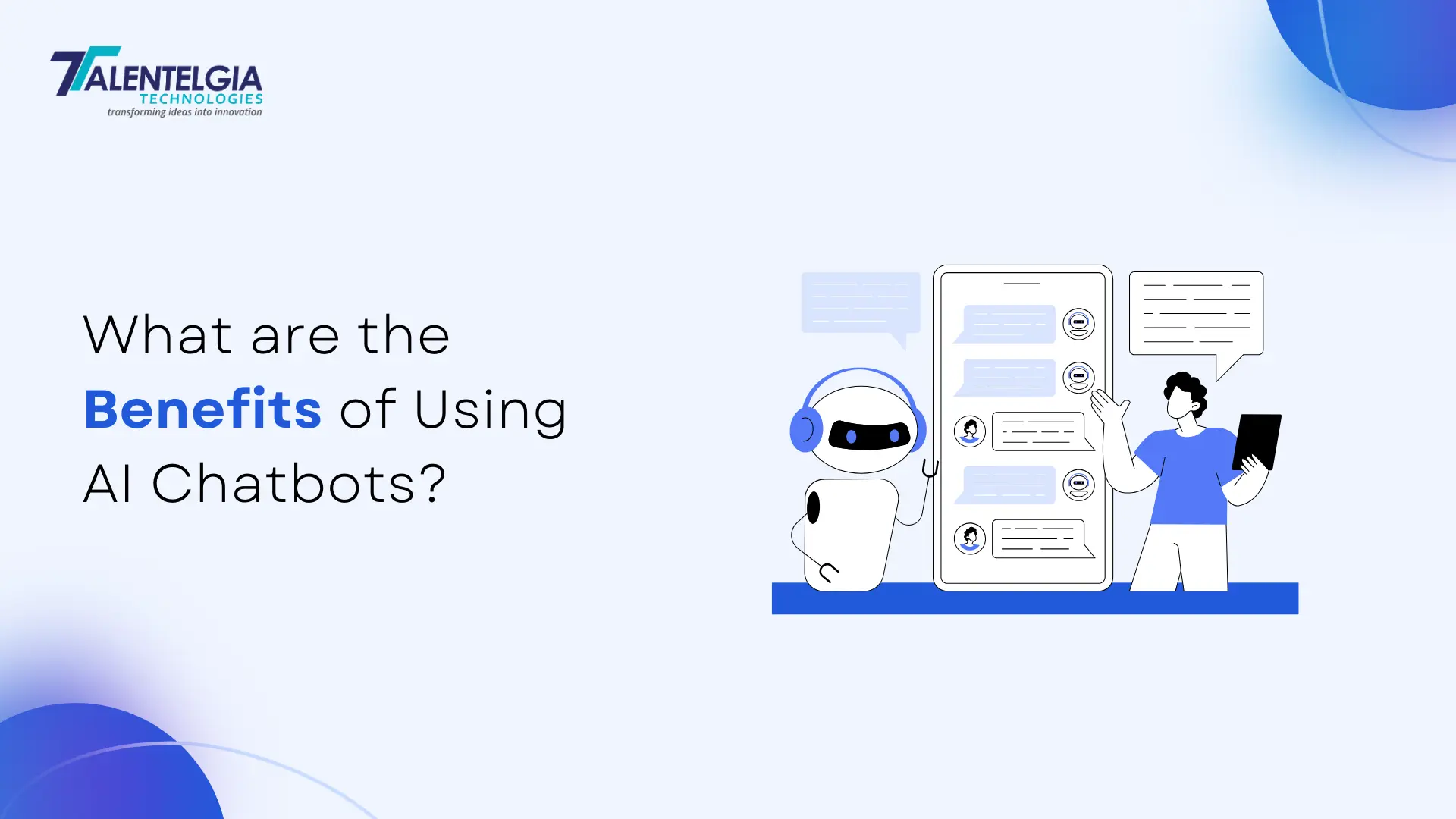


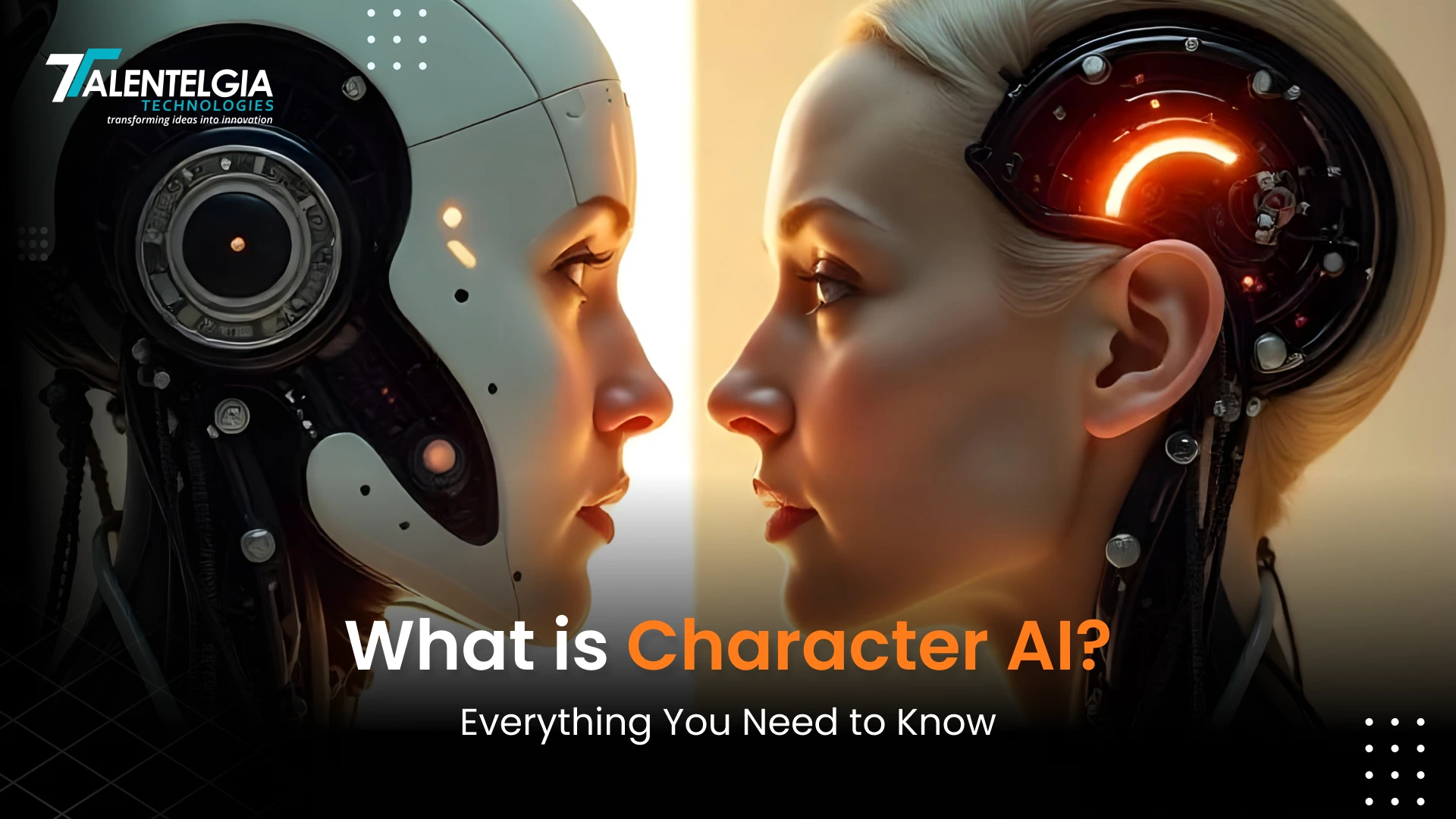











 Write us on:
Write us on:  Business queries:
Business queries:  HR:
HR: 




